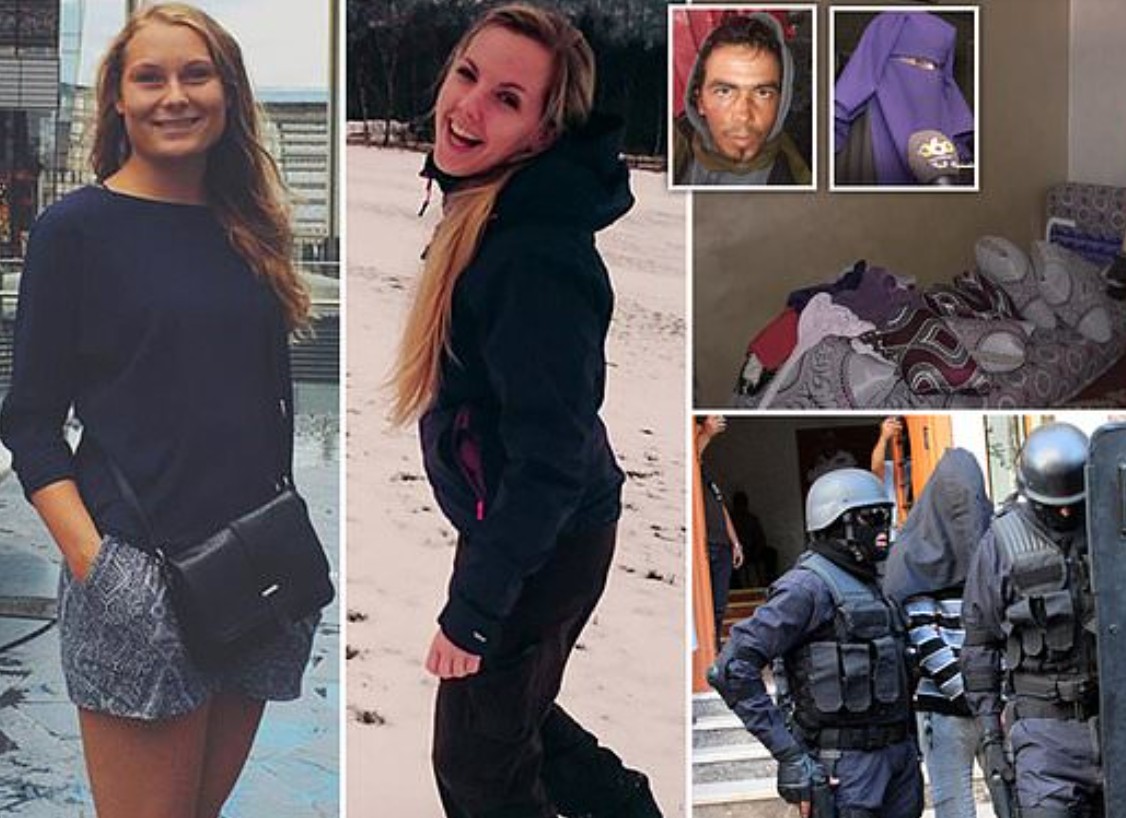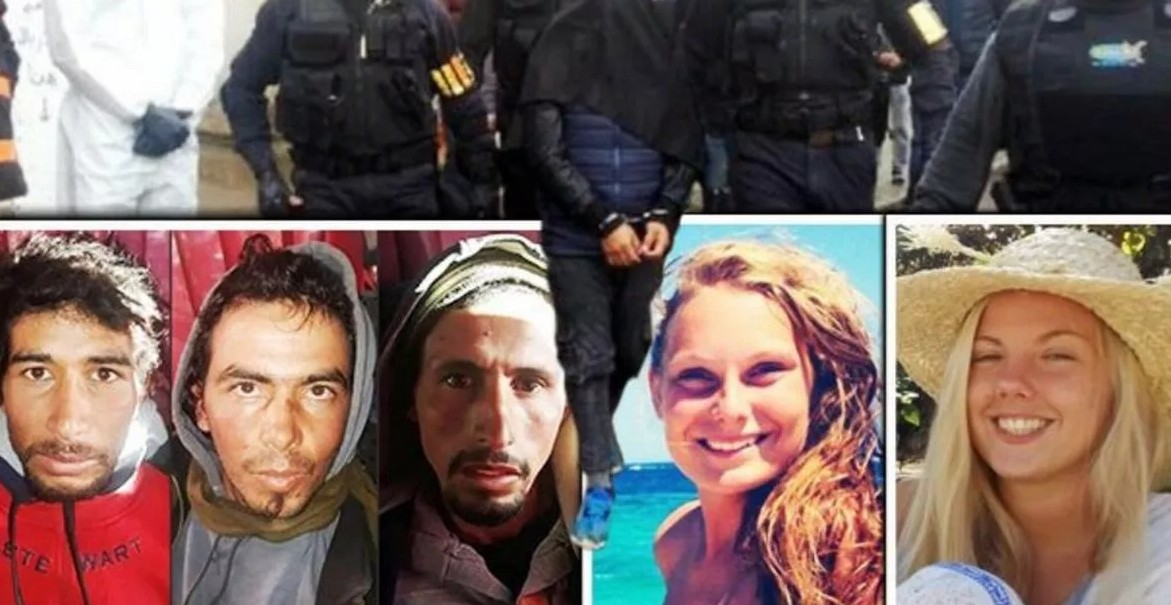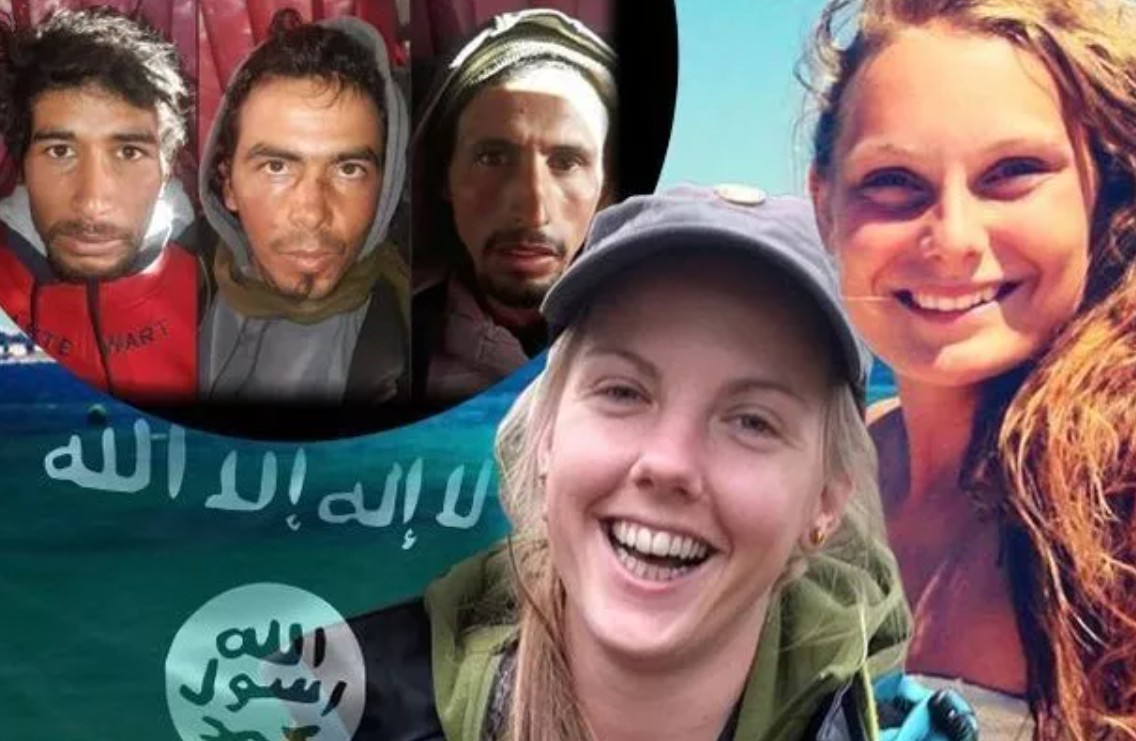Louisa Jespersen and Maren Ueland Video and Tragic Story
In December 2018, a horrific crime shook the world and left lasting scars on both Morocco and the international community. Two young Scandinavian women, Maren Ueland from Norway and Louisa Vesterager Jespersen from Denmark, were brutally murdered while hiking near Mount Toubkal, one of Morocco’s most popular tourist destinations. What made the tragedy even more shocking was the circulation of a video online that appeared to show the murder of one of the victims.

Norwegian police later confirmed that the footage was almost certainly authentic, adding to the gravity of the case. The video, reportedly shared by supporters of the so-called Islamic State (ISIS), raised urgent questions about terrorism, online radicalization, and traveler safety in North Africa.
Contents
The Victims and Video
The victims, Louisa Vesterager Jespersen, 24, from Denmark, and Maren Ueland, 28, from Norway, were both adventurous young women with a passion for nature and outdoor exploration. They were studying at the University of Southeastern Norway, where they pursued programs in outdoor activities and recreation. Their studies reflected their shared interests: exploring new environments, learning survival skills, and experiencing the natural beauty of foreign landscapes.
The uncensored video of Louisa Jespersen and Maren Ueland leaves people heartbroken
louisa-jespersen-and-maren-ueland-video.mp4
They arrived in Morocco on December 9, 2018, for what was supposed to be a month-long holiday. Their destination was the foothills of Mount Toubkal, North Africa’s highest peak at 4,167 meters (13,671 feet). Located about 10 kilometers from the village of Imlil, south of Marrakesh, the area is well known to tourists as a hiking and trekking hub.
For Louisa and Maren, the trip was an opportunity to combine their academic interests with cultural exploration. Friends and family described them as responsible, well-prepared, and aware of the risks of traveling. Maren Ueland’s mother later told Norwegian media that both women had taken precautions before their journey.
Discovery of the Bodies
On December 17, 2018, Moroccan authorities discovered the bodies of Jespersen and Ueland in their tent near the Atlas Mountains. The scene was described as brutal, and the women appeared to have been attacked while camping overnight. The discovery devastated their families and immediately sparked widespread media coverage across Europe and North Africa.

The murders not only stunned the local community but also dealt a heavy blow to Morocco’s image as a safe and welcoming destination for international tourists.
The Video Evidence
The crime took on an even darker dimension when a disturbing video began circulating online. The footage, which appeared to show the beheading of one of the women, was shared on social media platforms by ISIS supporters.

The Norwegian crime investigation service, Kripos, analyzed the footage and issued a statement: “So far, there is nothing concrete to show that this video is not real.” Their conclusion suggested that the video was almost certainly authentic, further confirming the brutality of the attack.
In the recording, one of the killers can be heard saying: “This is in revenge for our brothers in Hajin,” a direct reference to a town in eastern Syria that had recently been lost by ISIS to U.S.-backed forces. The timing underscored the global reach of extremist ideology and its ability to inspire violence far from active war zones.
A second video soon emerged, of much lower quality, showing four men standing in front of a flag and pledging allegiance to ISIS. Moroccan police later confirmed that these individuals were the same men who had been arrested in connection with the murders.
Arrests and Investigation
The swift investigation led Moroccan authorities to arrest four main suspects, all of whom appeared in the propaganda video pledging loyalty to ISIS. Prosecutors confirmed that this video had been recorded before the murders took place, suggesting the killings were premeditated and ideologically motivated.
Over the following days, Moroccan security services made nine additional arrests of individuals suspected of having ties to the perpetrators. This expanded crackdown highlighted the Moroccan government’s determination to show zero tolerance for terrorism and its networks.
Authorities worked closely with Norwegian investigators, sharing evidence and intelligence as the case drew international scrutiny.
Reactions in Morocco and Abroad
The murders shocked Morocco, a country that prides itself on hospitality and tolerance. Thousands of Moroccans gathered in Rabat, the capital, to participate in a vigil outside the Norwegian and Danish embassies. Citizens and officials alike expressed grief, solidarity, and outrage at the violence committed against two innocent visitors.
For Denmark and Norway, the tragedy brought national mourning. The women’s bodies were transported from Casablanca to Denmark on December 21, a solemn journey that underscored the human cost of the attack. Government officials condemned the killings and vowed to support Morocco in combating extremist violence.
Terrorism Context and Motives
While Morocco has long been considered relatively stable in a turbulent region, the murders served as a chilling reminder of the persistent threat posed by radicalized individuals. Analysts suggested that the suspects were inspired by ISIS ideology rather than being directly coordinated by the group.
By invoking “revenge for Hajin,” the attackers sought to tie their actions to ISIS’s global struggle. However, the choice of two young tourists as targets revealed both the opportunistic nature of the attack and the group’s broader strategy of instilling fear.
For Morocco, the incident highlighted the risks of radicalization within its borders. The government has invested heavily in counter-terrorism measures, including intelligence gathering, deradicalization programs, and regional cooperation. Nonetheless, the murders demonstrated that extremist propaganda still had the power to influence vulnerable individuals.
Global Media Coverage and Social Media Impact
The murders and the video quickly dominated headlines around the world. Media outlets described the killings as acts of terrorism, while social media platforms struggled to contain the spread of the graphic video.
The case reignited debates about the circulation of violent content online. While some platforms removed the footage swiftly, others faced criticism for failing to act quickly enough. The disturbing nature of the video also sparked discussions about the psychological impact of exposure to extremist propaganda on everyday internet users.
Journalists faced ethical dilemmas: how to report on the case responsibly without amplifying the propaganda goals of the attackers.
Security and Tourism in Morocco
Prior to the incident, Morocco had been regarded as one of the safest tourist destinations in North Africa. The country attracts millions of visitors each year, drawn by its rich history, vibrant culture, and breathtaking landscapes.
The murders, however, raised concerns about the safety of travelers, particularly in remote regions. Travel advisories were updated, and many questioned whether Morocco could maintain its reputation as a secure destination.
The Moroccan government responded swiftly, tightening security measures and reaffirming its commitment to combating terrorism. Officials emphasized that the attack was an isolated incident carried out by radicalized individuals, not representative of Moroccan society.
The murders of Maren Ueland and Louisa Vesterager Jespersen in Morocco were not only a devastating personal tragedy for their families and friends but also a global shock that underscored the reach of extremist ideology. The circulation of the video, confirmed as authentic by Norwegian police, added a haunting layer to the crime, transforming it into both a personal and political act of terror.
The case revealed how terrorist propaganda continues to inspire violence far beyond conflict zones, exploiting social media to magnify its impact. It also reminded the world of the ongoing struggle against radicalization, the importance of international cooperation, and the need to protect the values of openness and hospitality in the face of violence.
For Morocco, the tragedy was a test of resilience, met with mourning, solidarity, and a renewed commitment to security. For the world, it was a reminder that behind every headline and viral video are human lives young women whose dreams of exploration and adventure were cut short by senseless brutality.
Daily News -Macron Shove Video Sparks Outrage Over President and Wife
Jax Taylor Ring Camera Video Uncovered by Lala Kent
Logan Paul Wife Nina Agdal Viral Video and Social Media
Stefon Diggs Video and Reaction from Fans
Glenn Greenwald Video and Public Reactions
Major Galore Viral Video Twitter Buzz and Online Debate
Miss Pacman Video Original and the Tragic Case

